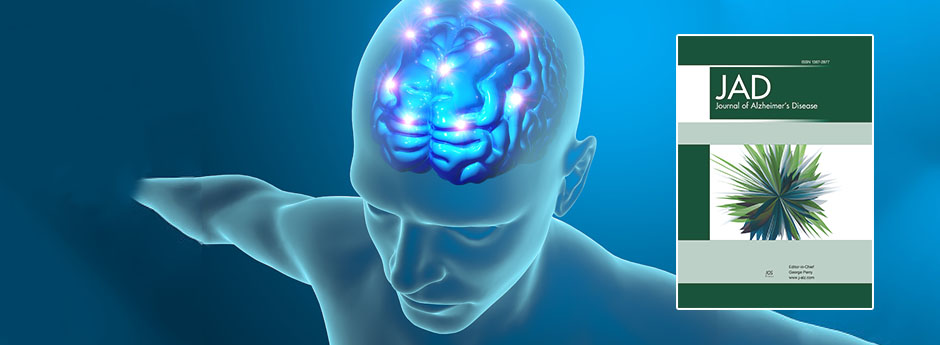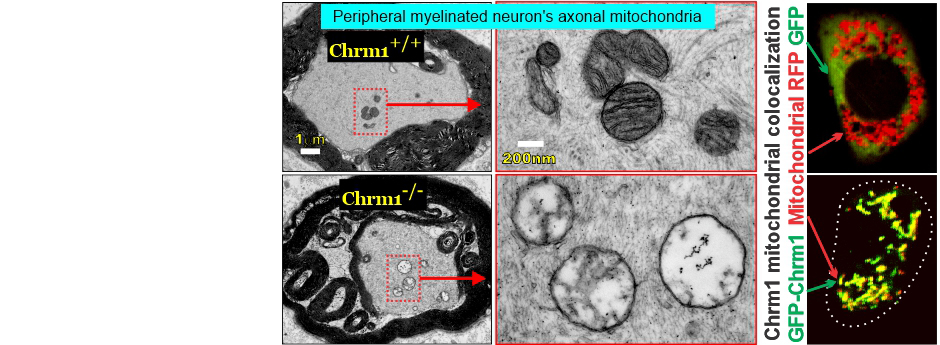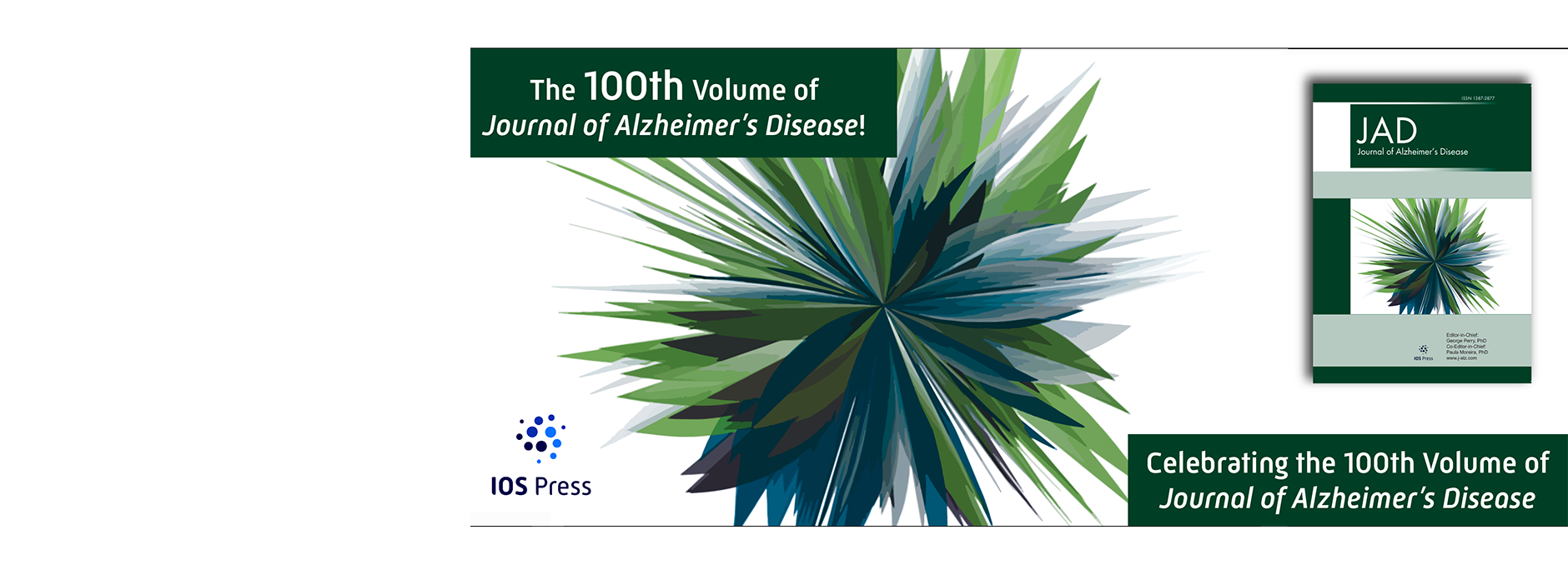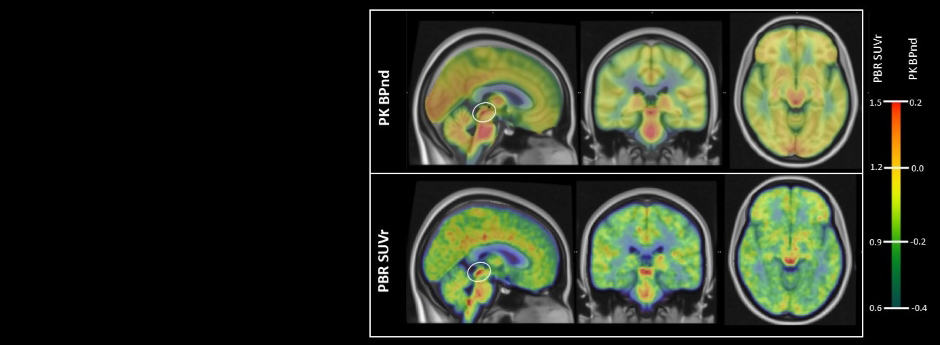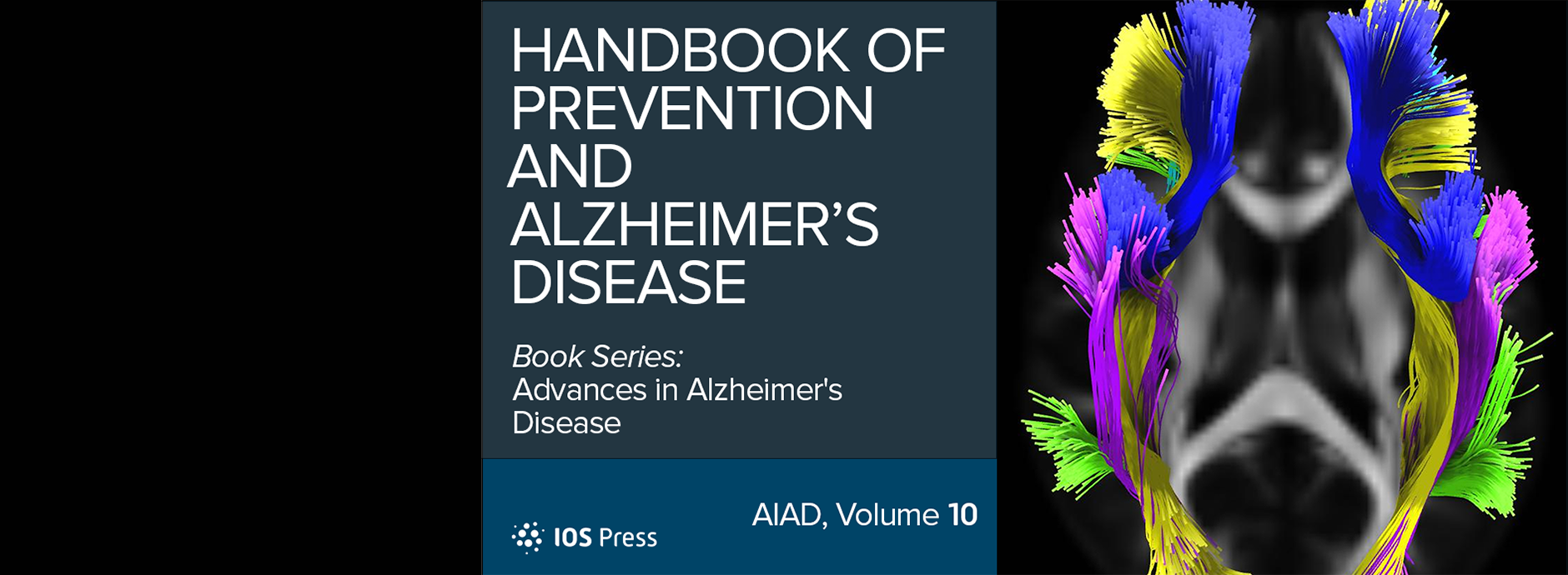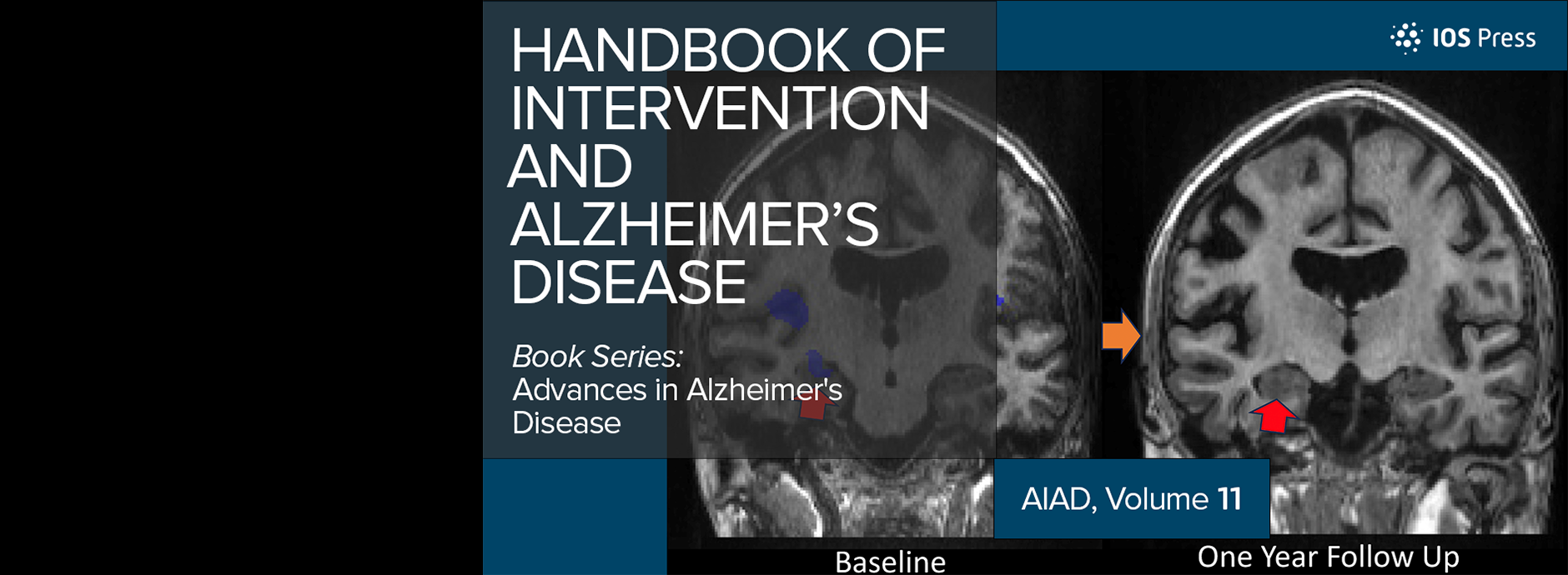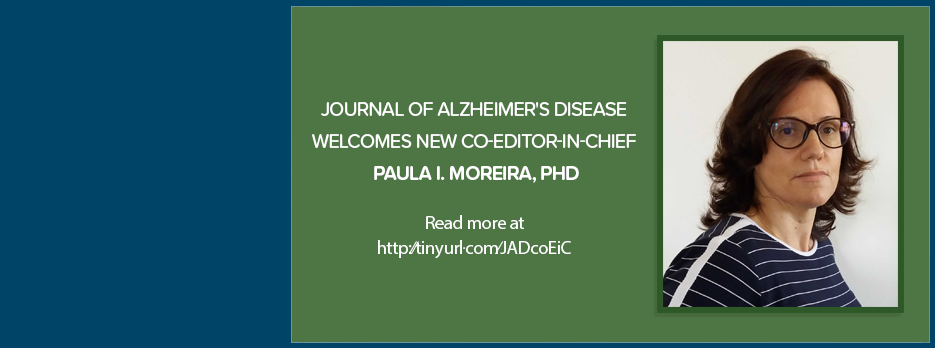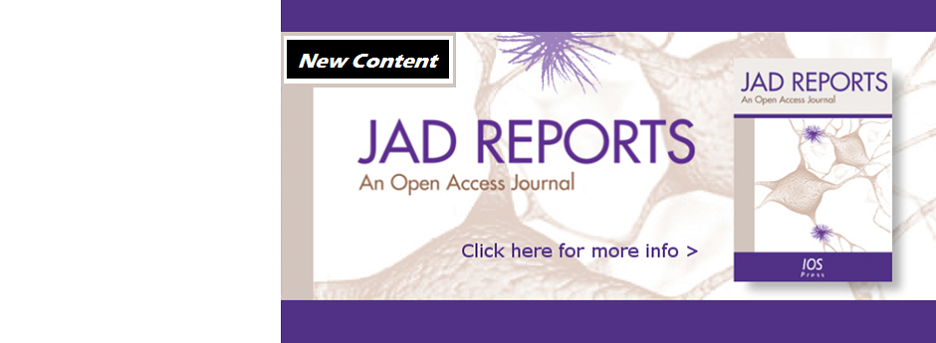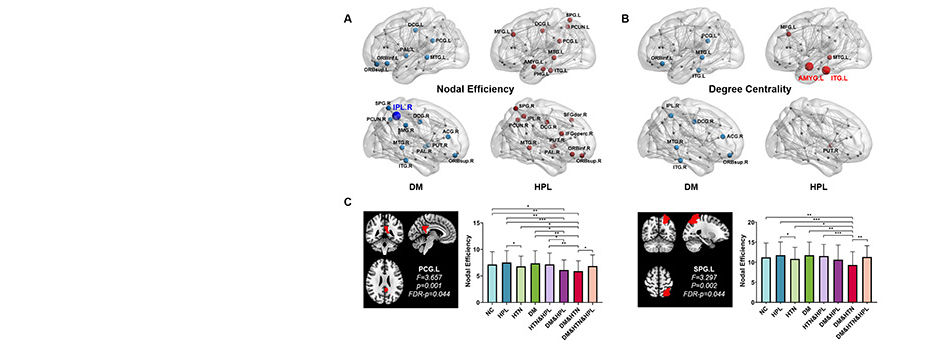Upcoming Supplemental Issue: Early Detection of Alzheimer’s Disease (Guest Editors: Stefan Teipel, Mark Dubbelman, Alexandra König, Genhua Pan, Yi Tang). Click the visual for details in the Calls for Papers (PDF) (opens in a new tab). Submission deadline: November 15, 2024
is an international multidisciplinary journal to facilitate progress in understanding the etiology, pathogenesis, epidemiology, genetics, behavior, treatment and psychology of Alzheimer's disease.
Cholinergic Receptor Muscarinic 1 (Chrm1) colocalizes and comigrates with mitochondria in cultured sensory neurons. Chrm1 deleted mice exhibit mitochondrial defects in sensory neurons, potentially associated with peripheral sensory loss in Alzheimer's. From Sabbir, JAD 98(1).
JAD proudly releases a celebratory supplemental issue in honor of its 100th volume.
In healthy subjects, TSPO PET – considered to reflect activated microglia – shows high signal in brainstem, particularly in inferior colliculi (IC; circled). In AD, IC TSPO is abnormally low. Understudied brainstem microglia may play a unique role in AD. Butler et al., JAD99(1).
Edited by C.A. Raji, Y. Leng, J.W. Ashford, and D.S. Khalsa, this book (AIAD, Vol. 10) introduces physicians, scientists, and other stakeholders to this subfield of AD research.
Edited by C.A. Raji, Y. Leng, J.W. Ashford, and D.S. Khalsa, this book (AIAD, Vol. 11) is a comprehensive overview of strategies for tackling Alzheimer’s disease and will be of interest to all those working in the field.
Both primary neurons and astrocytes exhibit calcium overload with the addition of toxic soluble Aβ oligomers. However, this calcium overload is prevented when pre-treated with NB-02, a novel botanical drug. From Miller et al., JAD99(2).
New Co-Editor-in-Chief Appointed:
Paula I. Moreira, PhD, is an Associate Professor of Physiology and leads the Mitochondria in Brain Disorders research group at the Center for Neuroscience and Cell Biology at the University of Coimbra.
AD patients had higher free water versus controls in limbic areas, precuneus, frontal/temporal lobes, putamen, and cerebellum. From Nakaya et al., JAD99(4).
JAD Reports is our fully open access international, multidisciplinary journal dedicated to providing an open forum for original research that will expedite our fundamental understanding of Alzheimer's disease. View new content
Exploring the impact of different single or combinations of vascular risk factors on the shared vulnerable brain regions and white matter structural network for vascular risk and Alzheimer's disease in middle-aged and elderly individuals. From Wang et al., JAD99(4).
We examined the positional relationship between NOTCH3ECD and mitochondria using immunofluorescence. We found that NOTCH3ECD displays a strong co-localization with mitochondria in both the control group and the mutant group. From Wang et al., JAD 100(4).



